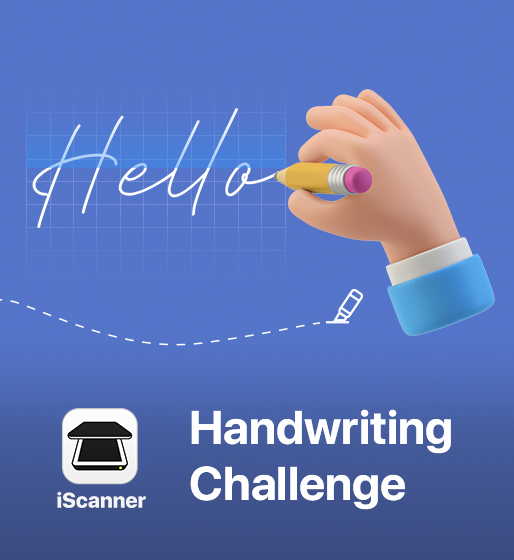

20 apr 2022
With the variety of digital tools our high-tech era has to offer, still quite a lot of people prefer to take notes the old-fashioned way. It can be a matter of habit, or people just like the feel of a real pen and enjoy leaving a trail of ink on paper. Some people, for instance, are obsessed with cute notebooks, while others simply like doodling. Regardless of the reasons behind this attachment to the traditional way of note taking, as a result, you get handwritten notes. Yes, our ancestors had been doing it for centuries and still survived, but let’s face it: you’d be far more efficient if you were able to search through your notes digitally or copy and paste.
At iScanner, we want you to keep enjoying your favorite method of note-taking and still be able to take advantage of modern technology. Imagine how great it would be if you could digitize meeting minutes in seconds and send it over to all the participants straightaway without needing to retype the scribbled notes. Or automatically find the right lecture in a voluminous notebook rather than having to skim page after page.
For months now, we have been training a machine learning model of our own creation to accurately recognize handwriting. Admittedly, completing this task is as potentially beneficial as it is complex. Especially if you’re trying to fine-tune it perfectly and consider every little detail, like the differences between right- and left-handed handwriting.
The OCR, or Optical Character Recognition, algorithm needs data. And with immensely complicated tasks like this, it needs lots and lots of data. The more samples of handwriting you feed it, the smarter it gets. If we think about how many variations handwritten characters have in just one language, the whole thing starts to seem impossible.
The main problem with handwriting recognition is the immense variance of handwriting types. Another complex issue is that often a combination of two characters can look like a third character, e.g., rn looks a lot like m. In general, though, the output accuracy relies on the richness of the dataset used for algorithm training
Alex Goncharik, iScanner Machine Learning Engineer
That’s why we need your help! This April, all iScanner users are invited to join the Handwriting Challenge.

Feel free to participate more than once, the more times the better! It’s just a few taps, but they will help create an amazing tool that can change our lives for the best.
Please share this with everyone you know who might want to help! Let’s make a change together.
Learn more about how AI empowers mobile scanners.
